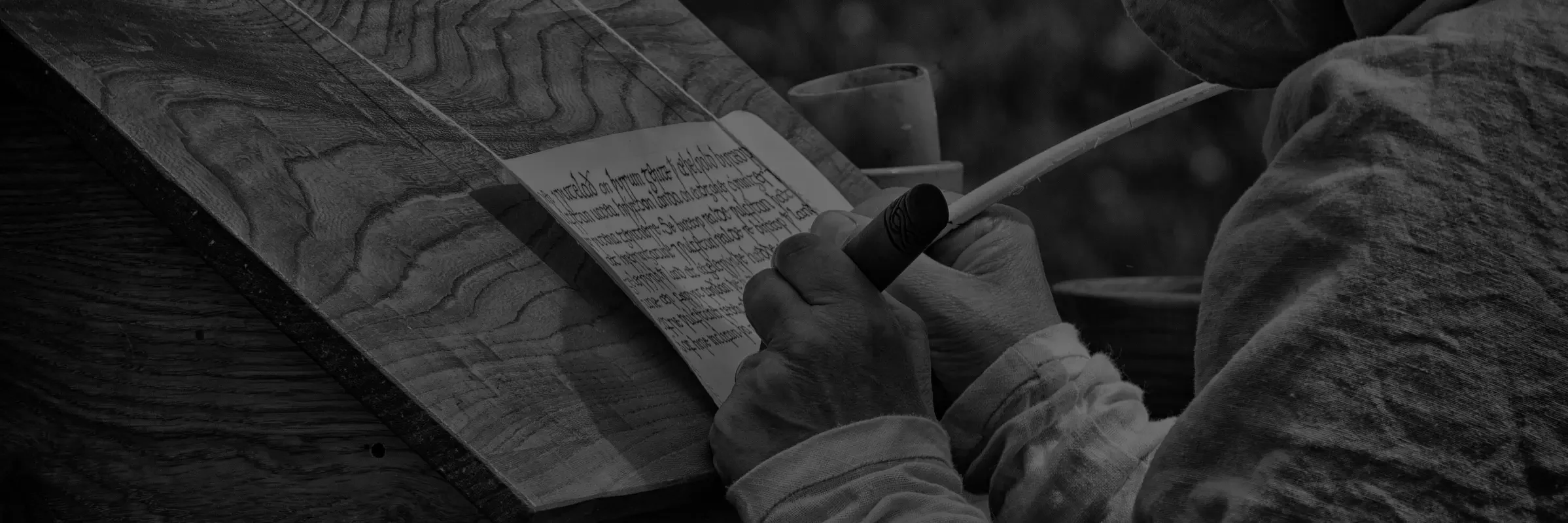Wirral's Hidden History Revealed
The Coming of the Anglo Saxons
In the twilight years of the Roman province of Britannia the Roman Emperor Honorius advised the Romano British to look to their own defence of the land as he withdrew the last of the Roman military from the island.
Barbarian tribes were on the move throughout Europe and decades of economic and military disasters would bring about the downfall of western Empire, albeit, it would be 476AD, before the last western Emperor, Romulus Augustulus was forced to abdicate and to retire into obscurity by the Germanic warlord, Odoacer, who then proclaimed himself King of Italia.
The Battle of Stamford Bridge
The first recorded Viking attack on England occurred in 793. Some 273 years later, after endemic warfare, dynastic changes, a merging of Anglo Saxon and Norse culture and the triumph of the Christian Church over paganism, the Viking age In England effectively came to a bloody and dramatic end at great battle of Stamford Bridge.
The Battle of Maldon
An act of heroic honour or gross stupidity?
The battle of Maldon, August the 10th or 11th, 991
Athelstan’s victory in 937 at Brunanburh, did not remove the Viking threat and after the king’s death, his successors, Edmund the 1st and Eadred had to deal with several Viking attempts to re-establish their rule in York and Northumberland. Anglo Saxon England did not become reunified until 954 when Eadred finally established full control.
The Battle of Holme
Aethelwold was the only surviving son of Alfred the Great’s brother, the former King Aethelred the first of Wessex.
When Aethelwold’s father died, he was considered too young to have been a suitable King, which led to the Witan of Wessex electing Alfred to the throne.
The Battle of Buttington
Anglo Saxons attack a Viking army outside of Welshpool
Today, Buttington, or Tal y Bont, is a small village on the outskirts of Welshpool in mid Wales on the border with Shropshire. The tranquil fields and beautiful surrounding countryside give no hint that a once deadly battle took place here, between the Anglo Saxons, led by three Ealdormen , namely Ethelred, Aethelhelm and Aethelnoth and a force of Vikings, part of a much larger army led by the legendary Viking warrior, Hastain.
Owain the First
Owain Ap Dyfnwal was a Northern British King who fought alongside Anlaf Guthfrithson and Constantine of Alba at the battle of Brunanburh in 937 AD.
He was king of Strathclyde, a kingdom of indigenous Britons, who’s Kingdom was formed during the post Roman period when the ethnic groups of the British Isles fought to create independent countries during a period of political instability and foreign invasion.
Anglo Saxon Riddles
Anglo Saxons loved riddles. Many have survived in a 10th century book called the Codex Exoniensis (Exeter Book)

